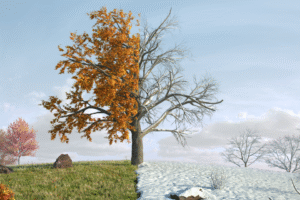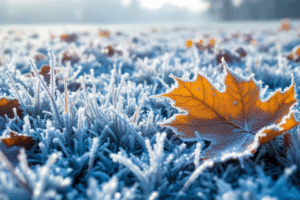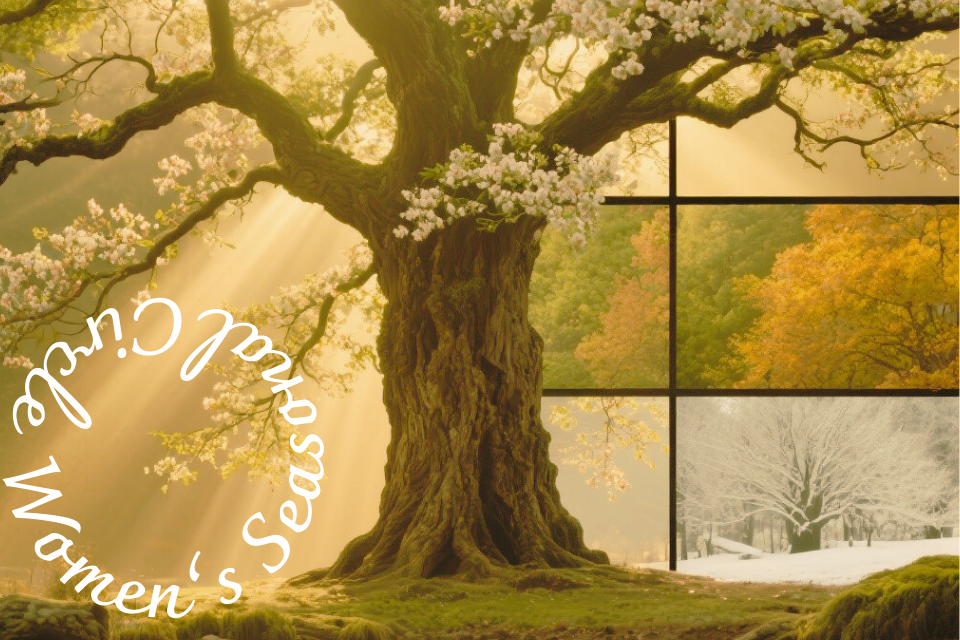Transition from Autumn to Winter
Why Transitions and Seasonality Matter
The turning from autumn to winter is not sudden. It is a slow fading, like twilight softening into night. The air grows sharper, the colors of the earth deepen, and we feel a subtle pull inward. Autumn has been a time of letting go, of shedding what was no longer needed. Winter asks something different — to gather what remains close, to protect and preserve it.
These transitions are important because they remind us that life moves in cycles, not in straight lines. Ancient peoples often treated such moments with reverence, offering small rituals of thanks for the season that was leaving, and quiet prayers for the one approaching. In our fast-paced world, we risk skipping over these thresholds. But if we pause, even briefly, we can feel the gift: the chance to honor both endings and beginnings at the same time.
Insights from Chinese Medicine
In Chinese Medicine, the shift into winter belongs to the Water element, the season of the kidneys — our energetic storehouse. As autumn’s metal element yields, the body naturally prepares for stillness, for holding and conserving. It is said that to waste energy in winter is to borrow against your future health. Thus, practices that warm and preserve are emphasized.
Moxibustion, or moxa, is often recommended during this time, especially on points near the kidneys and lower back. The gentle heat strengthens yang energy and wards off the cold that easily enters when our defenses are low. It is a ritual of care: fire used not to burn, but to nourish.
Ancient Greek Perspectives
Hippocrates and his followers observed the cold, damp qualities of winter and advised that the body — like the land — must adjust its pace. In their view, digestion slowed in the colder months, and so moderation was essential. Food was to be warming, simple, and easy to assimilate. But Greek wisdom was never only about the body; it also spoke to the spirit. Winter was a teacher of endurance, inviting patience, simplicity, and strength of character.
Contemporary Medical Insights
Modern science, in its own way, confirms what the ancients sensed. As days shorten, melatonin and serotonin shift within us, affecting sleep, mood, and vitality. Many people feel the weight of Seasonal Affective Disorder (SAD) during this transition, a reminder of how closely our inner world is tied to the rhythm of light and dark. Medicine now emphasizes the importance of light exposure, steady routines, and warmth — not only external warmth, but emotional warmth too.
Practices for the Transition
The invitation of this season is to slow down without stopping altogether. Movement should be gentle, like tai chi, restorative yoga, or walking in the crisp morning air. Journaling at this time often brings clarity, as the silence of winter allows hidden emotions to rise. Protecting the lower back and kidneys with warm clothing or a wool wrap is more than comfort — it is a way of honoring the body’s center of vitality.



Nourishment for the Season
The foods of this transition reflect the earth’s wisdom. Root vegetables, beans, grains, and warm broths anchor us. In Chinese Medicine and Ayurveda, spices such as ginger, cinnamon, and cloves are allies that kindle inner fire. The Mediterranean has its own traditions: lentil soups, stewed greens, chickpeas with olive oil, and hearty bread. Across the world, women once prepared for winter by preserving the last fruits of autumn — tomatoes turned into paste in Greece, apples stored in cool cellars in Northern Europe, kimchi fermented in Korea. Each practice carried the same intention: to save the essence of summer’s sun for the long winter ahead.
Vitamins and Fruits
As the light fades, vitamin D becomes precious. Spirulina, especially when sourced locally, can provide minerals and energy that support the body through the darker months. Seasonal fruits vary by land: apples, pears, and persimmons ripen in temperate regions; citrus fruits emerge as winter protectors in the Mediterranean; in tropical countries, papayas and mangoes continue to offer sweetness. Each culture adapts to its own harvest, yet all reflect the same truth: fruit is a gift of resilience.
Mindful Practices and Self-Discovery
This transition is a mirror — just as trees stand bare, we too may feel exposed, our inner lives more visible to ourselves. This is not a time to fear stillness, but to use it. A mindful question for the season might be: What part of me longs to rest? What can I release into the quiet, so that I may enter winter lighter? Writing these reflections as a seasonal diary can help us not only endure but embrace the winter ahead.
References:
- Hippocrates. Airs, Waters, Places.
- Kaptchuk, T. (2000). The Web That Has No Weaver.
Mediterranean seasonal practices: personal ethnographic sources & agricultural traditions.
Panagiota Sophia Vlahou
Certified Beekeeper | Specializing in Traditional Beekeeping & Natural Wellness Methods
Trained in Traditional Acupuncture – Academy of Traditional & Chinese Medicine
Member of the Beekeepers’ Association of Attica-Greece
Disclaimer: This article is for educational and informational purposes only. It is not intended to diagnose, treat, cure, or prevent any disease, and it does not substitute professional medical advice. Always consult a qualified healthcare professional before making any changes to your diet, lifestyle, or health practices.


